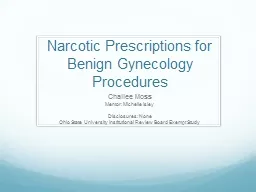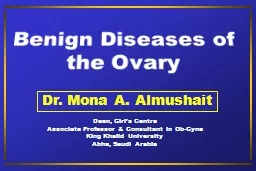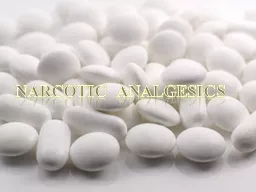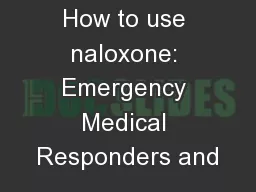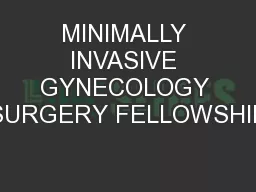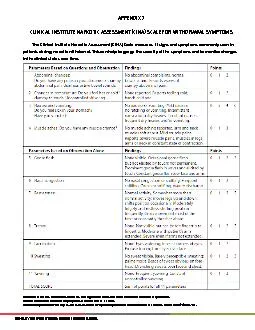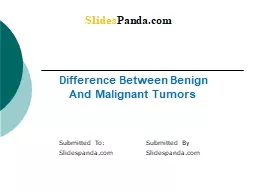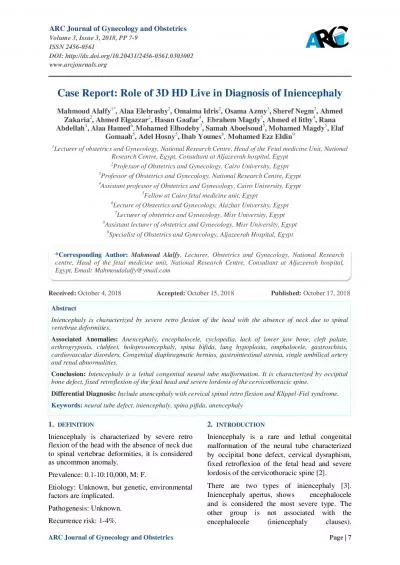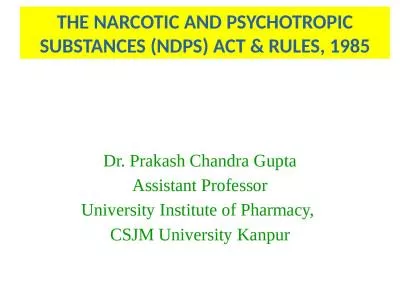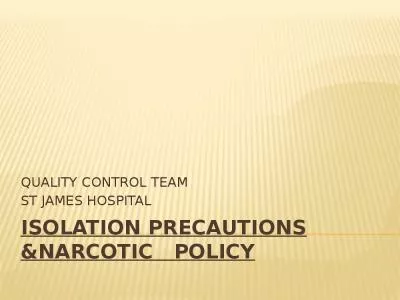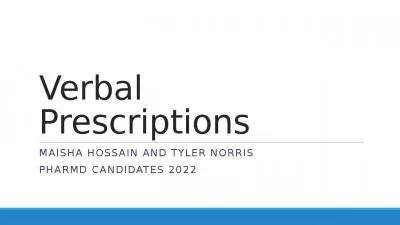PPT-Narcotic Prescriptions for Benign Gynecology Procedures
Author : cheryl-pisano | Published Date : 2017-10-21
Chailee Moss Mentor Michelle Isley Disclosures None Ohio State University Institutional Review Board Exempt Study Narcotic Addiction and Physician Prescriptions
Presentation Embed Code
Download Presentation
Download Presentation The PPT/PDF document "Narcotic Prescriptions for Benign Gyneco..." is the property of its rightful owner. Permission is granted to download and print the materials on this website for personal, non-commercial use only, and to display it on your personal computer provided you do not modify the materials and that you retain all copyright notices contained in the materials. By downloading content from our website, you accept the terms of this agreement.
Narcotic Prescriptions for Benign Gynecology Procedures: Transcript
Download Rules Of Document
"Narcotic Prescriptions for Benign Gynecology Procedures"The content belongs to its owner. You may download and print it for personal use, without modification, and keep all copyright notices. By downloading, you agree to these terms.
Related Documents

